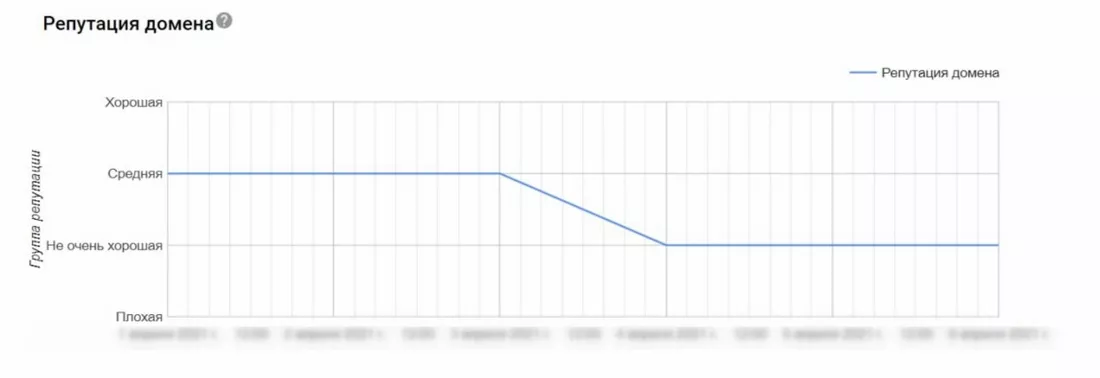Why Mailing a Purchased Email List is Dangerous and How to Improve Domain Reputation: An Anti-Case Study
When the client does not have a programmer on staff, it is common practice to import new contacts received from the registration form orders placed on the site. Once, a client gave us an upload of contacts under the guise of their own database, but it turned out that the email list was a purchased one. To find out more about what came of the newsletter sent to this list (spoiler: domain reputation took a nosedive) and how we managed to get the domain reputation back, keep on reading.
What went wrong
The database provided by the client was uploaded to Yespo, and a newsletter was sent to this list. Needless to say, it was blocked due to a large number of errors and spam complaints.
- Almost 20% of those who read the newsletter unsubscribed immediately, compared to the standard rate of 1%.
- Also, 7% of contacts who received the email marked it as spam, compared to the average of 0.2%.
We vouched for the client and promised to prevent such cases in the future, and the ESP understood the situation and did not block the client's account. If this issue had happened again, they would have blocked the account without the possibility of restoring it.
Due to the problems caused by this newsletter, our reputation with the ESP and our client's account with the ESP were affected. The domain's reputation also dropped as it went from good to average and from average to bad.
At that point, we urgently needed to save the domain and ensure that the newsletters no longer ended up in spam.
What we did
We restored the domain's reputation and increased its ranking in three months.
- For the first 1.5 months, we sent emails only to active users in a drip campaign and gradually increased the sending limits.
- The situation in the postmaster was monitored daily to ensure timely responses and adjustments to subsequent mailings.
- When our reputation improved and became stable, we gradually started sending newsletters to the inactive part of the audience. It was a separate newsletter that was also sent by the drip campaign, and the limits were even lower than that of the active audience. We gradually increased the sending limits and the number of contacts we sent emails to.
- After three months, the reputation was successfully restored, but to achieve the best results, we sent newsletters to the entire database for two more months using the drip method and only then removed the restrictions.
Key takeaway
This case study demonstrates yet again that using a purchased email list in classic email marketing has serious consequences. It took several months to restore the domain's reputation, but the eSputnik account was eventually saved.
Read our other case studies here:
- Vchasno.ua Email Marketing Case Study – Developed Communication Maps and Prepared for a Trigger Email Campaign Launch
- Avtokrisla.com Email Marketing Case Study – «Order Completed» Trigger Letter as an Additional Source of Income
- Office-expert.kz Success Story: Email Newsletter on a New Platform with ROMI at 440%
Related Articles
How to Set Up Consent Mode in GA4 on Your Website with Google Tag Manager
Let's explore how to properly integrate consent mode in GA4, configure it for effective data collection, and at the same time comply with GDPR and other legal regulations
Display Advertising Effectiveness Analysis: A Comprehensive Approach to Measuring Its Impact
In this article, I will explain why you shouldn’t underestimate display advertising and how to analyze its impact using Google Analytics 4
Generative Engine Optimization: What Businesses Get From Ranking in SearchGPT
Companies that master SearchGPT SEO and generative engine optimization will capture high-intent traffic from users seeking direct, authoritative answers




